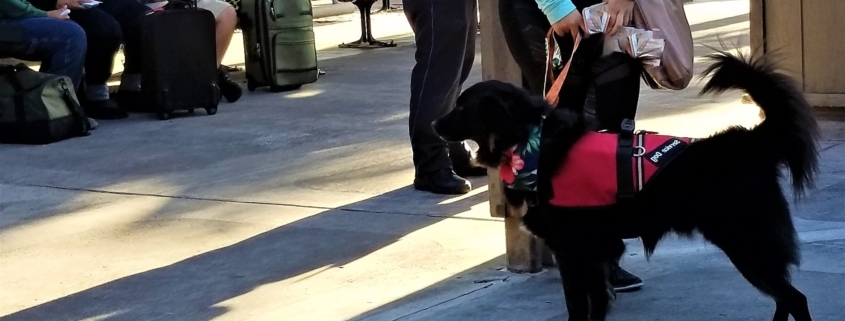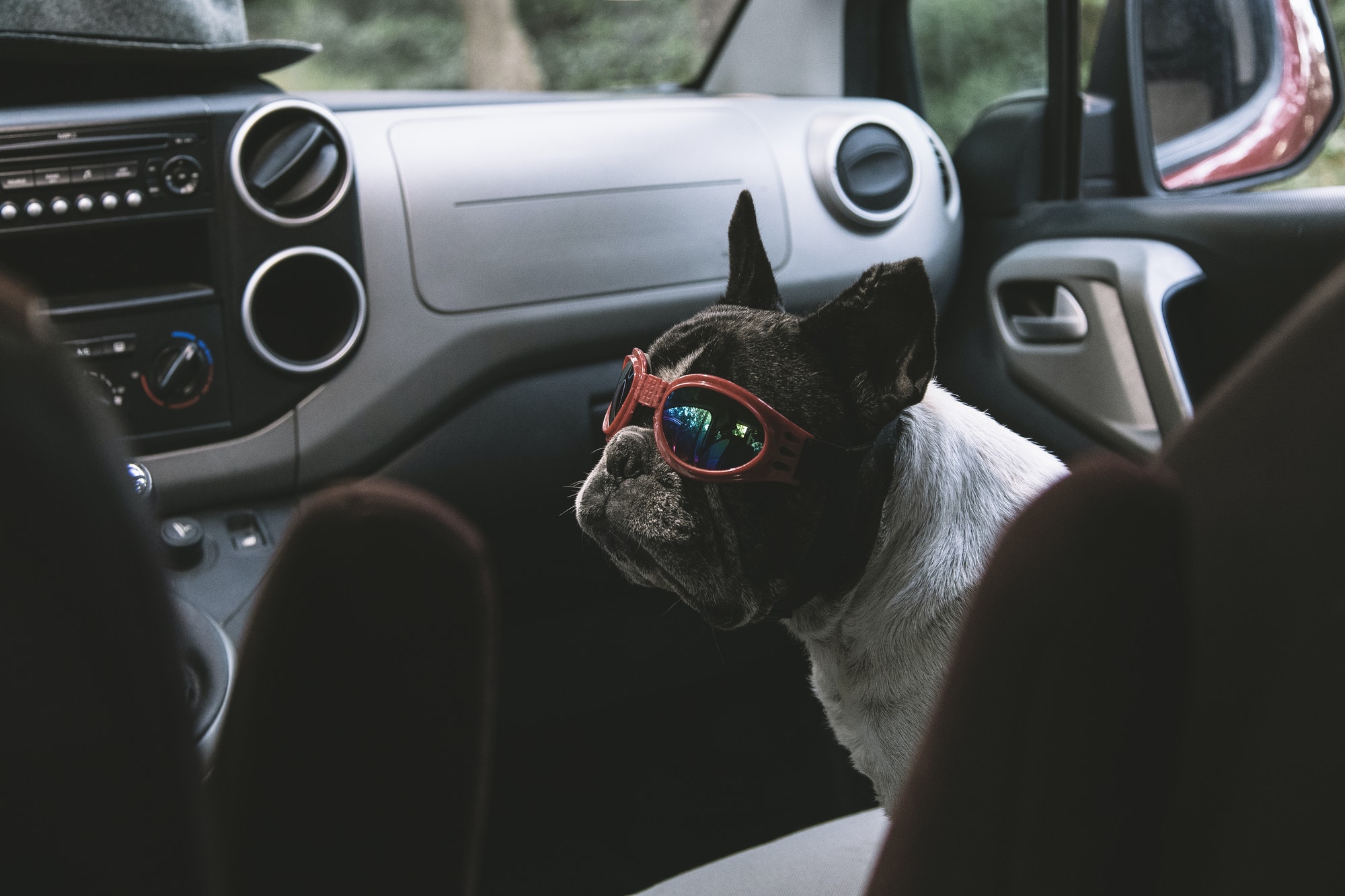Should pets fly on jets?
Millions of people travel over the holidays to visit relatives and friends.
But if you must board a plane to see grandma or your best buddy, should your dog or cat come along?
Only if your four-pawed family member can fly with you in the cabin, according to the Humane Society of the United States, the American Society for the Prevention of Cruelty to Animals and many other pet-friendly organizations. That’s because transporting animals in the cargo hold is difficult on the animal and sometimes deadly.
Although statistics are hard to come by, Cesar Milan, “dog whisperer” and canine advocate, reports that the Department of Transportation recorded 122 dog deaths on flights between May 2005 to May 2010; that count does not include other animal fatalities or injured or lost animals. From 2007 through 2012, more than 300 animals died, disappeared or were hurt on flights, according to the NBC Bay Area Investigative Unit. While those numbers may be a small percentage of the total animals transported, the statistics won’t be any comfort to you if your pet dies or disappears.
To fly in the cabin, your dog or cat must be small enough to fit in a carrier placed under the seat in front of you. Think 25-30 pounds of furry love. Larger animals must fly as “accompanied” (checked) luggage or as cargo without you. Your best bet with a non-cabin compatible critter: keep them at home with a trusted pet sitter, board them at a kennel or, if you can, put Fido and Fluffy in the car and drive them to your destination.
Candyce Stapen offers tips for airline travel with your pets. (USA TODAY)
Here are tips on how to fly your dog or cat in the cabin and, if you must, how to transport your dog in the cargo hold.
Pets in the cabin
Make a reservation. Because airlines restrict the number of pets in a cabin to between three to seven, reserve a space for your animal as soon as possible.
Know the pet carrier rules. American Airlines defines an in-cabin carrier as no bigger than 19 inches by 13 inches wide by 9 inches high and no heavier than 20-pounds. Only one kennel is allowed per ticketed passenger and that counts as one of the two carry-ons permitted.
Pay the fee. Costs vary from $75 on Southwest to $200 on Delta’s international flights. Since many airlines charge per kennel—not per animal—you save money if two pint-sized pups or kittens can fit in the same carrier.
Checked pets
If there’s no alternative, then follow these suggestions when checking your pet as “accompanied luggage” or as cargo.
Make sure the airline accepts your breed. Snub-nosed (brachycephalic) pets cannot fly in the cargo hold because they often experience difficulty breathing. These include Boston terriers, boxers, bulldogs, pugs and Tibetan spaniels as well as Burmese, Himalayan and Persian cats. Check with your airline.
Obtain a health certificate. Visit your vet within ten days of departure to obtain a signed certificate of health. This is required.
Book the right flight. To eliminate glitches that might occur when the animal changes planes, reserve a non-stop flight. Second best is a direct flight with limited time on the tarmac. Animals can’t fly in the cargo if the outside temperatures hit 10 degrees Fahrenheit or below or 85-degrees Fahrenheit or higher. Fly midday in winter and mornings in summer to avoid dangerous temperature extremes.
Buy the correct crate. Airline approved crates are hard-sided–not mesh—contain sufficient openings for air and feature a rim around the middle (to prevent other checked items from blocking vents). A dog must be able to stand up, turn around and sit down inside the crate. Outside the crate, paste “Live Animal” stickers along with your name, address and phone.
Understand crate restrictions. Some airlines limit the crate to 40 inches long, large enough to contain a 75-pound Labrador, but not big enough for a 140-pound Newfoundland or other giant breed.
Crate train your pet. Minimize your animal’s anxiety by letting him use his crate for several weeks ahead of the flight. Place the crate in your living room and line it with his favorite blanket and toys.
Follow the food and water recommendations. Most airlines request you do not feed the animal for four hours prior to the flight to avoid air sickness. For long flights, some airlines request that you tape a bag of food along with instructions to crate’s top.
Provide separate food and water dishes. Freeze the water to make it last. A water bottle attached to the crate’s exterior provides more water than a dish and is spill-proof. Acclimate your pet to this bottle weeks ahead.
Don’t sedate your animal. Consult your vet, but most do not recommend sedating your dog or cat.



 USA TODAY
USA TODAY USA Today
USA Today USA TODAY
USA TODAY USA TODAY
USA TODAY
 USA TODAY
USA TODAY